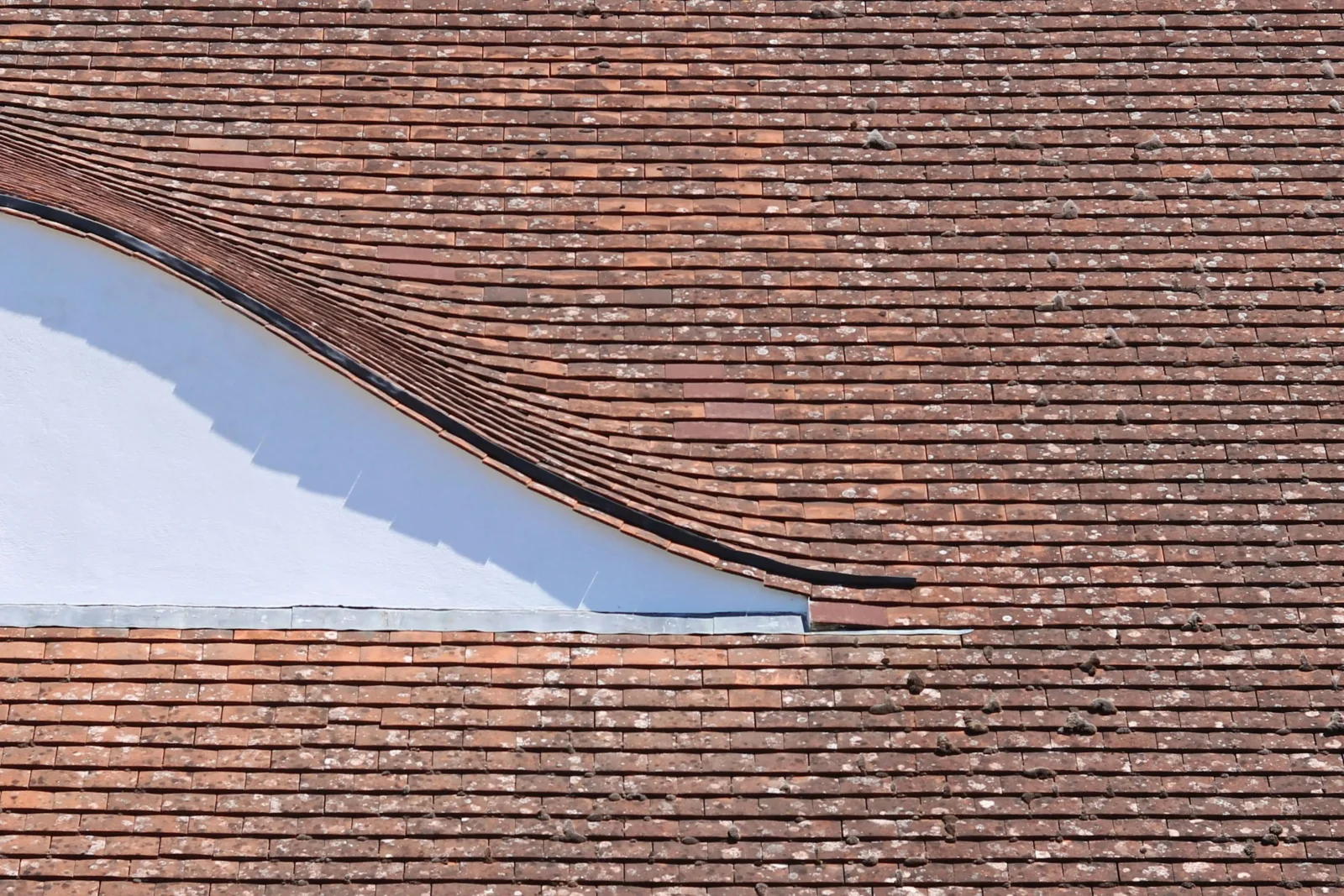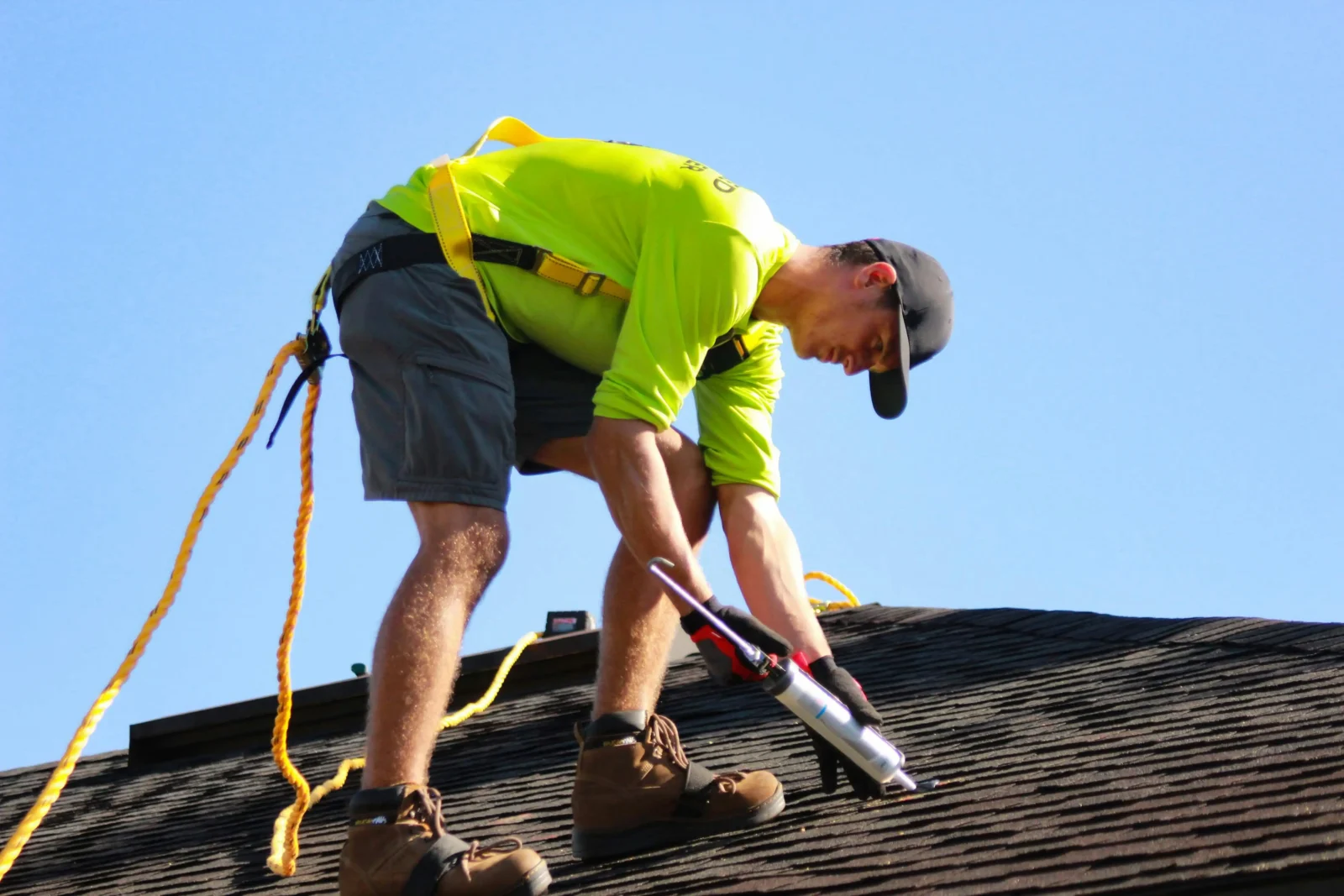- Home
- Articles
- Architectural Portfolio
- Architectral Presentation
- Inspirational Stories
- Architecture News
- Visualization
- BIM Industry
- Facade Design
- Parametric Design
- Career
- Landscape Architecture
- Construction
- Artificial Intelligence
- Sketching
- Design Softwares
- Diagrams
- Writing
- Architectural Tips
- Sustainability
- Courses
- Concept
- Technology
- History & Heritage
- Future of Architecture
- Guides & How-To
- Art & Culture
- Projects
- Interior Design
- Competitions
- Jobs
- Store
- Tools
- More
- Home
- Articles
- Architectural Portfolio
- Architectral Presentation
- Inspirational Stories
- Architecture News
- Visualization
- BIM Industry
- Facade Design
- Parametric Design
- Career
- Landscape Architecture
- Construction
- Artificial Intelligence
- Sketching
- Design Softwares
- Diagrams
- Writing
- Architectural Tips
- Sustainability
- Courses
- Concept
- Technology
- History & Heritage
- Future of Architecture
- Guides & How-To
- Art & Culture
- Projects
- Interior Design
- Competitions
- Jobs
- Store
- Tools
- More
Planning a Roof Project That Meets Long-Term Needs

A new roof represents a major investment, and careful planning ensures it delivers protection, durability, and value for years. Homeowners often face a variety of decisions, from choosing materials to selecting reliable contractors. The process involves more than appearance or cost alone. Long-term performance depends on thoughtful preparation and well-informed choices.
Weather conditions, local building codes, and future maintenance all influence how a roof functions. With the right plan in place, property owners gain peace of mind knowing their home will remain secure against leaks, energy loss, and structural damage. Careful steps taken now prevent costly mistakes in the future.
Table of Contents
ToggleUnderstanding What Your Roof Needs to Handle
Every home faces unique environmental stressors. In some areas, intense sun exposure accelerates material wear. In others, heavy rainfall, snow, or high winds test the strength of fasteners and underlayment. Before selecting materials or contractors, homeowners must understand what performance features matter most in their region.

Some materials resist algae growth better in humid climates, while others provide higher insulation in colder zones. Planning around the most common stress factors in your area leads to better durability and fewer repairs. A roofing system that handles local weather will always outperform generic solutions.
Choosing a Timeline That Makes Sense
The timing of a roof project can influence both budget and availability. Contractors often book up quickly during peak seasons after major storms. Planning during off-peak months may provide better access to experienced teams and even lead to cost savings.
Homeowners who rush into a project without considering seasonality may face delays or subpar results. Start the planning process early to research materials, review estimates, and check contractor references. With flexibility in scheduling, you avoid pressure and gain time to make sound decisions.
Budgeting Beyond the Basics
While initial costs matter, long-term savings depend on material quality, energy efficiency, and installation standards. Choosing the cheapest option today might cost more in repairs or replacements within a few years. Evaluate materials based on lifespan, warranty coverage, and upkeep requirements.
Roofing extras such as improved ventilation or upgraded underlayment often add value through better insulation and moisture control. Those small investments up front reduce wear on the roof and improve indoor comfort. The most effective roof project includes both strong materials and thoughtful extras that boost efficiency.
Comparing Material Options for Longevity
Asphalt shingles remain common for their affordability and ease of installation, yet metal, tile, and composite materials often provide longer service life. Evaluate what each option offers in terms of durability, fire resistance, and curb appeal.
For homes in high-heat regions, reflective surfaces may help reduce cooling bills. In snowy climates, metal roofs prevent ice damming. Matching the material to the home’s structure and location makes the roof work harder for the investment. It also supports resale value if you plan to sell later.
Finding the Right Professional for the Job
The quality of installation has a major impact on roof performance. Even top-tier materials will fail early if installed poorly. Choose contractors who carry proper licensing, insurance, and a strong portfolio of completed work. Customer references and local reviews help verify professionalism and reliability.
Before signing a contract, ask questions about warranties, cleanup processes, and timelines. Take time to get a Cary roof quote from trusted local professionals. This step provides insight into regional pricing and service expectations. Speaking with more than one contractor ensures that you receive honest input, not pressure to rush decisions. A thoughtful comparison process increases your confidence in the investment.
A reliable team will communicate clearly, follow local regulations, and deliver on promised timelines.

Preparing the Home and Property
Once a roofing date is set, homeowners should prepare the property to support efficient work. Clear driveways and walkways to allow material delivery and waste removal. Protect landscaping or outdoor furniture near the work zone. Indoors, remove delicate items from walls or shelves since vibrations may shift them during installation.
Preparation on both sides reduces delays, avoids accidents, and helps the job stay on schedule. A smooth project benefits both the homeowners and the crew handling the work.
Planning for Long-Term Maintenance
Every roof needs basic upkeep to perform its best. Periodic inspections help identify problems such as loose flashing, clogged gutters, or damaged shingles before they cause leaks. Homeowners should plan for maintenance costs and consider annual checkups to extend the roof’s lifespan.
Roofing warranties often require evidence of proper maintenance. Keeping a record of inspections and minor repairs ensures that coverage stays valid and future claims receive fair attention. A little attention now prevents major expenses later.
Roof projects succeed when built on strong planning. Identifying climate-specific needs, choosing the right materials, and hiring reliable professionals creates a foundation for long-term performance. Homeowners who plan carefully enjoy a roof that protects the home, adds value, and requires fewer repairs. When quality materials meet expert craftsmanship and thoughtful preparation, the result supports comfort and confidence for years to come.
illustrarch is your daily dose of architecture. Leading community designed for all lovers of illustration and #drawing.
Submit your architectural projects
Follow these steps for submission your project. Submission FormLatest Posts
Best Practices for Roof Inspections and Maintenance
On most projects, the roof spends decades out of sight while carrying...
Sunny Days, Secure Roof: Simple Steps to Shield Your Home
Your home is more than just a place to live—it’s a sanctuary....
Simple and Stylish Roof Ideas for Homeowners
When designing your home, don’t overlook the roof. It’s essential for both...
Key Qualities to Look For in a Residential Roofing Contractor
Choosing a residential roofing contractor involves careful consideration. The roof is a...












Leave a comment